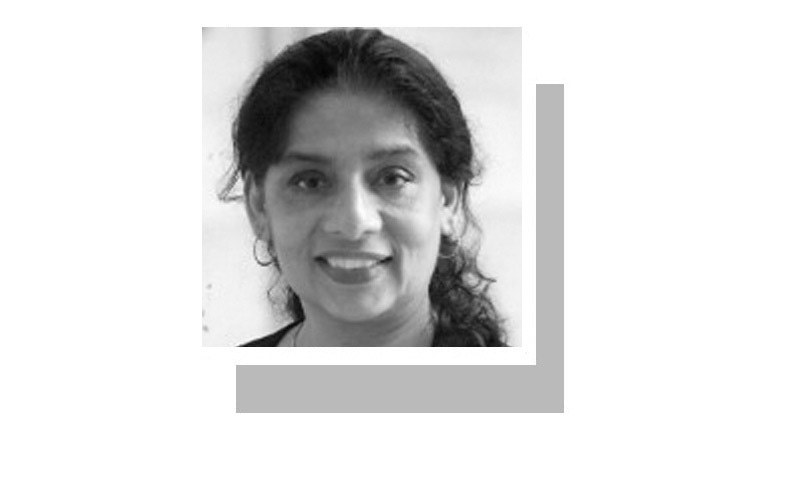ALTHOUGH it was to be expected, given the PTI government’s self-imposed, unrealistic 100-day timeline, one is still dismayed by the way the ‘naya’ health services system is unfolding in Punjab. It does not look like an improvement from the old one — which as everyone knows needs much improvement.
The Punjab health minister proposes to change the governance of the existing two-tiered health services system — combining them into one system. There is resistance to that change.
This proposal brings nothing new. It reverts the governance back to the pre-PML-N era, where there was a single minister and one health department/ administration managed by one health secretary. The PML-N government’s technical advisers — who are now advisers to the PTI government — had divided it into two: a Primary and Secondary Care Department, and a tertiary care system comprising of city hospitals, called the Specialised Health Care and Medical Education Department. There were and still are two health secretaries running the separate departments.
Is one governance/ administrative structure for health services better, or are two?
Each of these configurations, a two-tiered system and an integrated one, has been tried in the past, and neither has delivered the desired results. This is a very complex issue, one that needs much critical thinking and contextual analysis, with a view to the country’s fiscal constraints. It needs more than cosmetic changes at the top.
A bureaucratic prescription of cosmetic change by executive fiat is not going to do the trick.
In my opinion, both these governance/ administrative structures are wrong. They are wrong because they do not address the fundamental issues in the health services delivery system. They are wrong because neither recommendation is based on sustained thinking, evidence and analysis. What is the evidence that the two-tiered system has failed? And that the single system is likely to work better?
What should be done?
Focus on issues raised by Prime Minister Imran Khan in his maiden speech. Almost half of Pakistan’s infants and children are malnourished and dying of diarrhoeal diseases and pneumonia — young women are dying while delivering babies. How should the problems that impact the majority of the population be addressed by our health services system? This is the question that needs to be addressed.
The current critical health indicators are telling. Maternal mortality rates and childhood mortality rates continue to be unacceptably high. The infant mortality rate, at 70 per 1,000, is the highest in the region – even worse than Afghanistan’s. Pakistan slipped from 148th position in 2014, to 150th on the Human Development Index.
The answer to the question of what ought to be done needs critical thinking, and deeper and detailed analysis of the problems in healthcare, all done in a contextual fashion. The thinking should be based on contextual evidence, embedded in the lived reality of communities, and come from an inclusive range of stakeholder groups — not just those at the top of the city hospitals/tertiary care system. It should include people from the district system; mid-level workers who have used the system and have experience of its strengths and weaknesses. These include the district health officers, the medical superintendents of district and tehsil hospitals, and the senior medical officers of rural health centres, and the young doctors who are to use the system in the future — ie, all those who serve the majority of the population, in locations where the problems are most extreme.
It is only then that options for appropriate, sustainable solutions should be presented. Given the complexity and chronicity of the problems, a bureaucratic prescription of change at the top by executive fiat is not going to do it.
It is useful to keep in mind the fact that there is no silver bullet. Pakistan is a resource-constrained country — its human resources are extremely limited at all levels. In April 2018, as chairperson of the chief justice of Pakistan’s commission on Punjab’s hospital infectious waste disposal system, this writer had occasion to once again visit and review the health delivery system, now working under the two-tiered system, in seven districts in Punjab.
In summary, what was revealed was a haphazard patchwork of a system, though there are improvements at the margins. Most district hospitals were well supplied with basic medicines, many had new infrastructure such as buildings and beds, and some had standard equipment. However, the very things that make the beds and equipment functional, and the medicines effective, remained scarce — doctors, nurses, laboratory and X-ray technicians, and viable operational systems. New X-ray machines lie unpacked, laboratory equipment remains unused because there is no one skilled enough to read the instructions and operate it. At all levels, about half of the posts at these hospitals were vacant. Where filled, staff, especially senior staff, were not at their posts. Meanwhile, one exhausted medical officer was serving 200 patients in three hours, and a minimally trained laboratory technician was running a pathology laboratory. The impact of such heroic actions on patients can be easily imagined.
The government is responsible for developing a comprehensive strategy for an appropriate and functional health system, and implementation plans. These should be developed by a transparent, inclusive and evidence-based analytical process, and within provincial budgetary constraints. The strategy and implementation plans should be reviewed by competent third-party groups comprised of independent technical, financial and media experts, and by the designated parliamentary committee that includes opposition members. It is only after such detailed, critical and contextual review, and with general consensus, that a ‘new’ system should emerge. If the government is serious about delivering the results promised by the prime minister, his team should not waste his hard-won opportunity on cosmetic changes.
The writer is a public health physician and development specialist, research fellow at Lums, and author of So Much Aid, So Little Development: Stories from Pakistan.
Published in Dawn, November 12th, 2018












































